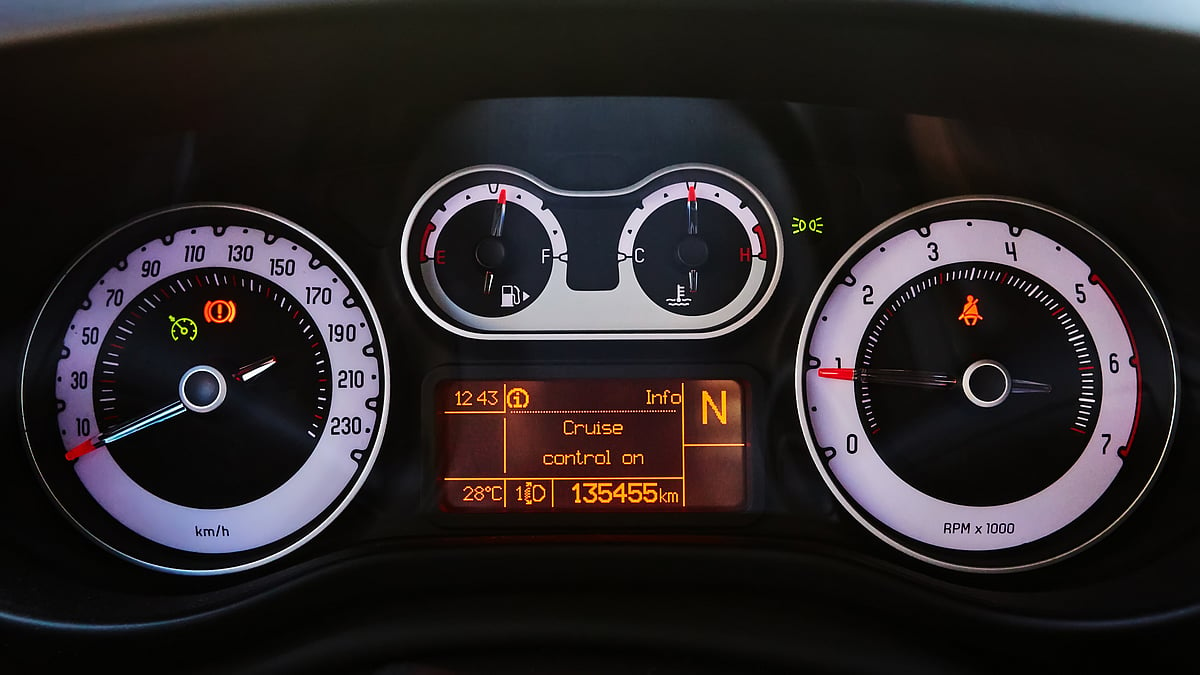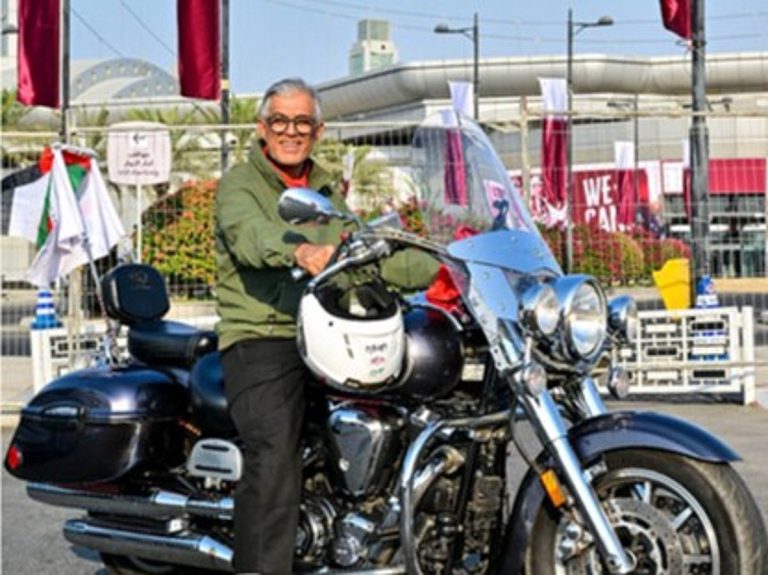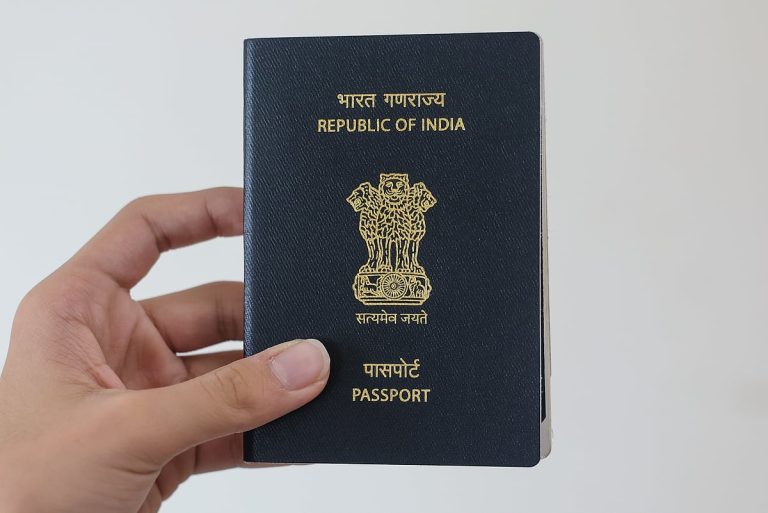Handling Cruise Control Failures on UAE Highways
Driving on the expansive highways of the UAE can be a relaxing experience, especially when utilizing cruise control. This feature allows drivers to maintain a steady speed, reducing fatigue during long journeys. However, understanding how to use cruise control effectively and what to do in case of a malfunction is crucial for every driver. Recent incidents have underscored the importance of this knowledge.
Understanding Cruise Control
Cruise control is an electronic system that enables a vehicle to maintain a constant speed without the driver needing to keep their foot on the accelerator. This feature has become increasingly common in vehicles across various price ranges, enhancing comfort and efficiency for drivers.
Types of Cruise Control
There are two primary types of cruise control systems:
1. **Basic Cruise Control**: This system allows drivers to set a specific speed, which the vehicle will maintain until the driver disengages it. It is particularly useful for long, uninterrupted highway drives.
2. **Adaptive Cruise Control**: This advanced system uses sensors to automatically adjust the vehicle’s speed based on the traffic ahead. If the vehicle in front slows down, adaptive cruise control will reduce speed accordingly, and then accelerate back to the set speed when the road clears.
Benefits of Using Cruise Control
Utilizing cruise control on UAE highways can provide several advantages:
– **Reduced Fatigue**: Long drives, such as those between Dubai and Abu Dhabi, can be tiring. Cruise control allows drivers to relax their foot, making the journey more comfortable.
– **Improved Fuel Efficiency**: Maintaining a steady speed can lead to better fuel economy. According to G. Chacko, owner of Motoka Auto Services in Dubai, using cruise control effectively can reduce fuel consumption by minimizing unnecessary acceleration and braking.
When to Avoid Cruise Control
Despite its benefits, there are specific driving conditions where cruise control should not be used:
– Heavy traffic or congested roads – Rainy or sandy conditions – Wet or slippery surfaces – Steep or winding routes – City driving with frequent stops
The ideal conditions for using cruise control are long, straight highways with free-flowing traffic, which are common on UAE’s major routes.
Responding to Cruise Control Malfunctions
Recently, an incident on Emirates Road highlighted the dangers of cruise control malfunctions. A driver found herself unable to control her vehicle’s speed, even when pressing the brakes and accelerator. Brigadier Jumaa Salem bin Suwaidan, Director of the General Department of Traffic at Dubai Police, provided essential steps for drivers facing similar emergencies.
Immediate Actions
1. **Secure Yourself**: Ensure your seatbelt is fastened. 2. **Alert Others**: Turn on your hazard lights and headlights. 3. **Contact Authorities**: Call 999 to report the situation.
Regaining Control
If cruise control malfunctions, follow these steps:
– Shift the gear to neutral (N), turn off the engine, and restart it. – If that doesn’t work, apply firm, constant pressure on the brakes. – If braking alone is ineffective, gradually engage the handbrake while maintaining a firm grip on the steering wheel. – As a last resort, alternate between neutral (N) and drive (D) to disrupt the system.
Once control is regained, safely move the vehicle off the road.
Brigadier Bin Suwaidan emphasizes the importance of driver awareness and preparedness in emergencies. “Making the right decision at a critical moment can significantly reduce serious risks,” he states.
Preventive Measures
To minimize the risk of cruise control failures, regular vehicle maintenance is essential. G. Chacko advises drivers to visit authorized service centers equipped with advanced technology to ensure that complex systems like cruise control are properly serviced. Regular checks of critical systems, including brakes and cruise control, can prevent dangerous malfunctions.
FAQs
What should I do if my cruise control stops working?
If your cruise control malfunctions, shift to neutral, turn off the engine, and restart it. If that fails, apply the brakes firmly and gradually engage the handbrake if necessary.
When is it unsafe to use cruise control?
Avoid using cruise control in heavy traffic, during inclement weather, on slippery surfaces, or on steep and winding roads.
How can I prevent cruise control issues?
Regular maintenance at authorized service centers is key. Ensure that all critical systems, including cruise control, are checked frequently to identify potential issues early.
Conclusion
Understanding how to use cruise control and respond to malfunctions is vital for safe driving on UAE highways. By following recommended practices and maintaining your vehicle, you can enjoy the benefits of this feature while minimizing risks. Stay informed and prepared to ensure a safer driving experience.
Also Read:
Wet Leasing in Aviation: Insights from Emirates Incident







